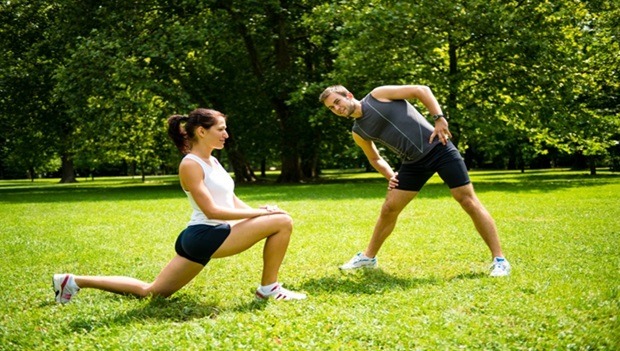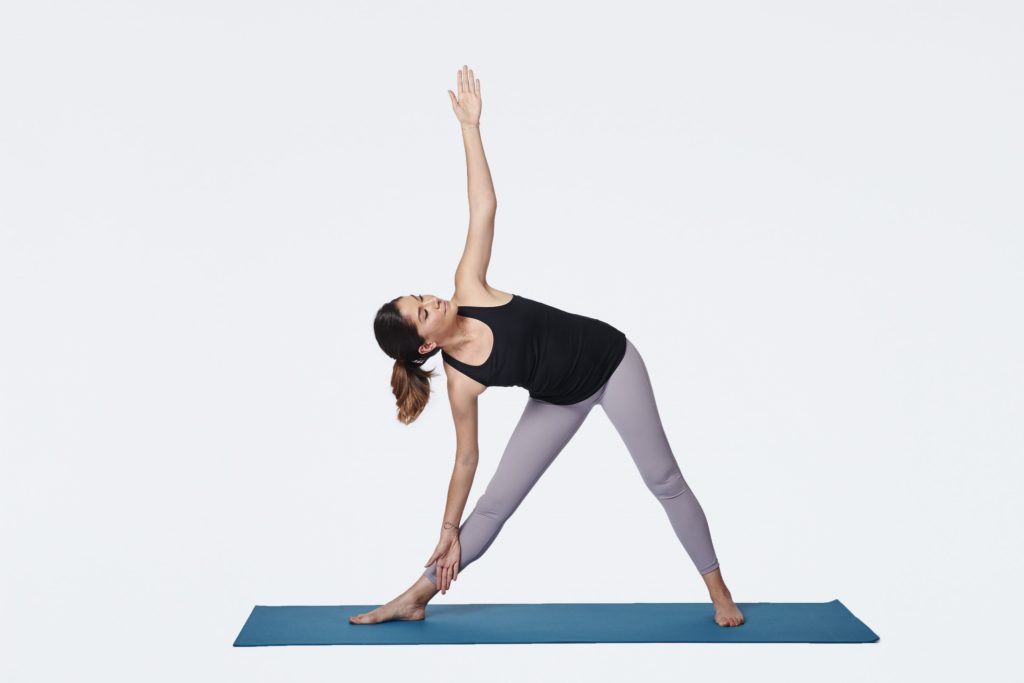
06 Apr What is Over Pronation?
The mechanics of how we walk and move is important to ensuring that we remain injury free, unfortunately in many cases the architecture of the foot can disrupt our gait (the way we walk), potentially causing long term injury and pain problems.
Over-pronation, or flat feet, is a common biomechanical problem that occurs when a person’s arch collapses too far upon weight bearing, and is said to be “over-pronated”.
Pronation is the natural motion of the foot as it roles inward and flattens out when the foot makes contact with the ground. Pronation is part of the body’s natural complex shock absorption and allows the foot to adapt to the contour of the ground. Too much pronation will cause the arch of the foot to flatten excessively placing stress and pressure on the tissues and ligaments of the foot.
The best way to determine if you over pronate is to visit a Podiatrist who can do a full gait analysis on a treadmill or using forceplates measuring exactly the forces and angles of the foot whilst running. It is not only the amount of over pronation which is important but the timing of it during the gait cycle as well that needs to be assessed.
This is quite a common problem and may lead to a number of injuries, especially in runners, including:
- Arch Pain
- Shin splints
- Plantar fasciitis
- Heel Pain
- Achilles tendon problems
- Stiff big toe (Hallux limitus)
- Heel spurs
Treatment and Prevention
Below are some of the treatment protocols that may be used:
- Orthotics provide the required arch support to effectively reduce excessive pronation and restore the foot and its posture to the right biomechanical position. Orthotics should be designed with appropriate arch support and medial rear foot posting to prevent the over-pronation.
- Footwear should also be examined to ensure there is a proper fit. Footwear with a firm heel counter is often recommended for extra adequate control, support and stability. Improperly fitting footwear can lead to additional foot problems.
- Strapping/Taping – Taping the foot in a certain way provides support for the foot as well as stability and may be used in acute cases or as a first line treatment.
- Exercises – These are used to strengthen certain muscles in order to achieve better foot function.
TOWARDS WELLNESS
Reducing the Chance of Getting Injured with Proper Warm Up
Before starting your exercise routine, make sure you warm up properly so you can exercise safely. The warmup exercises can vary such as jogging on a treadmill or even bike pedalling for a few minutes; these exercises will help you increase blood flow in your body. The progression of the warm-up should be from low to high intensity. A proper warm-up will help reduce the risk of injuring your muscles during your physical activity.

Young man and woman exercising and stretching muscles before sport activity – outdoor in nature
S-T-R-E-T-C-H OF THE MONTH
Triangle Pose
- Stand with the back straight, feet wider than the hips, arms in line with shoulders and palms down.
- Turn your left toes out to the side and keep your right toes pointed forward. Lean to the left with your left fingertips toward the left wall.
- Bend at the hip, allowing your left hand to fall naturally, resting on your thigh, shin, ankle, or the floor, and extending your right arm straight up toward the ceiling. Keep your arms long and open your chest toward the wall in front of you.
- Breathe deeply and hold for three to five breaths. Repeat on opposite side.
If you think you have over pronation, please respond to this email with ‘Please Help!’ and we will be in touch. Alternatively, you can visit our website or call 02 4702 0221 to make an appointment.
